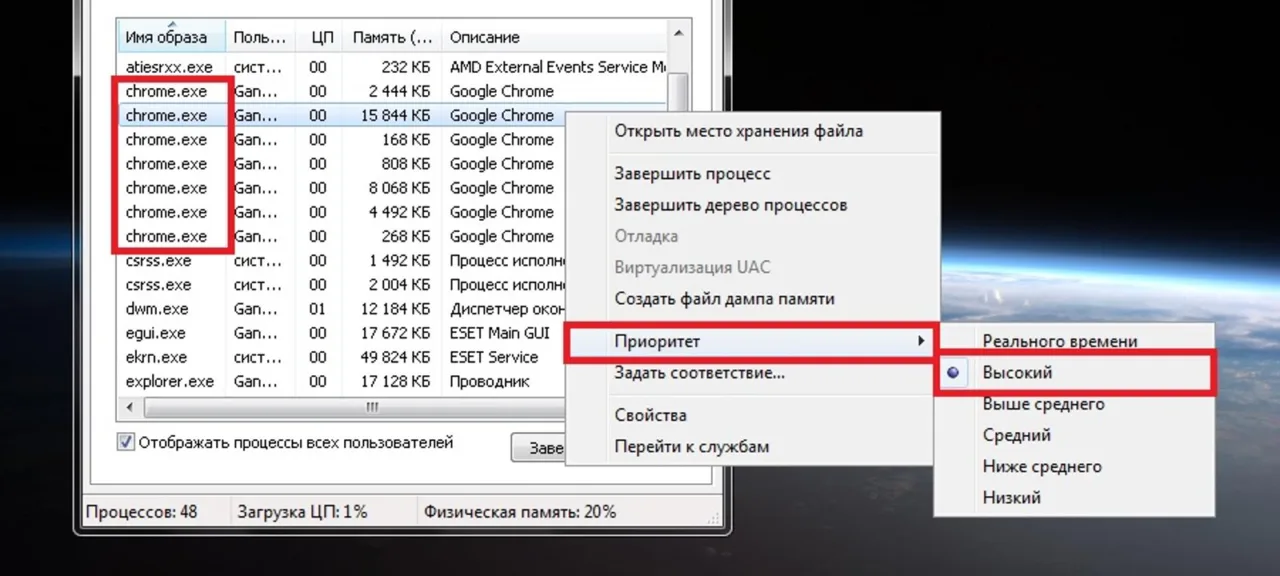Congratulations to the Contestant
This piece was submitted to the writers’ contest we launched in the spring. We reviewed a large number of submissions, finalized the results, and awarded the winners. The author of this post received a prize—a three-month subscription to Hacker. Congratulations!
First, pick the app or game you want to set a priority for. Let’s use Google Chrome as an example. Right-click the Chrome shortcut and select “Open file location” from the context menu.
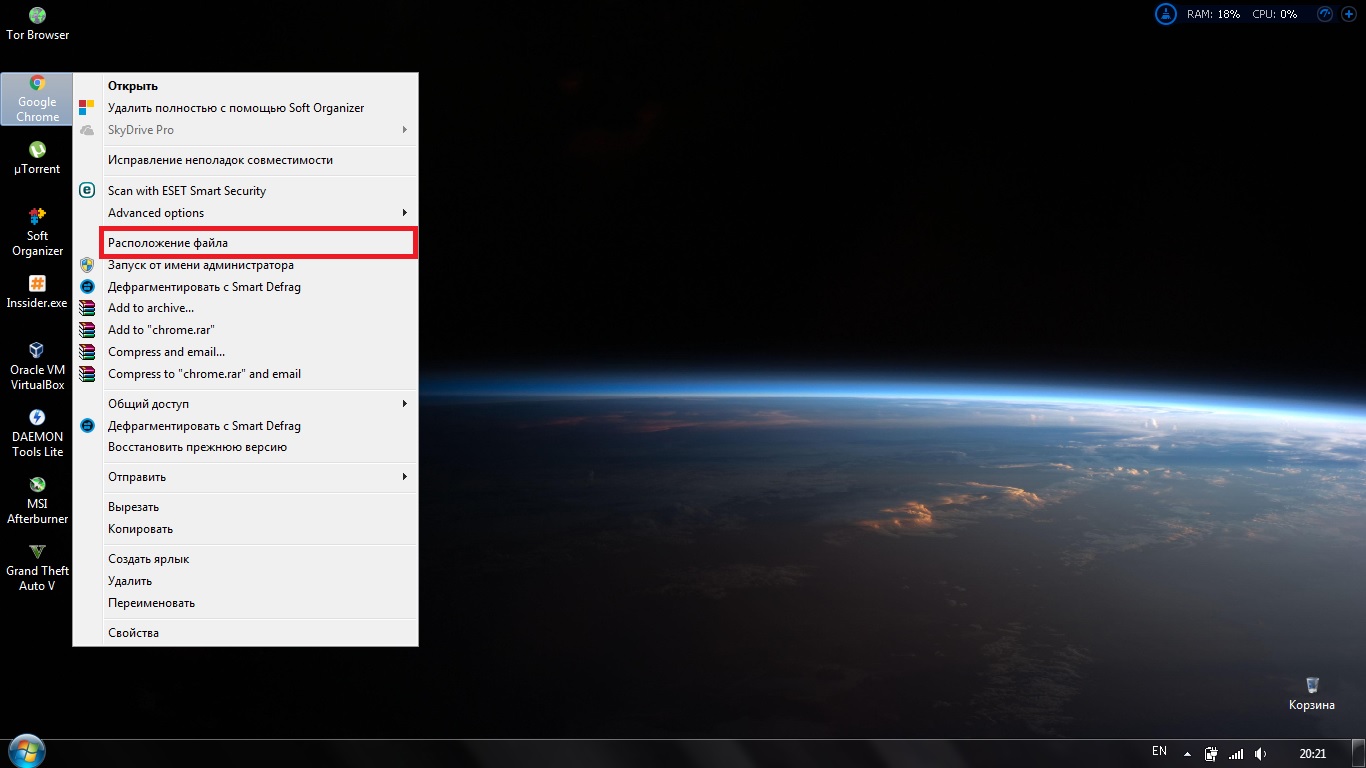
Don’t forget to enable “Show file extensions.” In File Explorer, go to “Organize → Folder Options → View,” uncheck “Hide extensions for known file types,” then click “Apply” and “OK.”
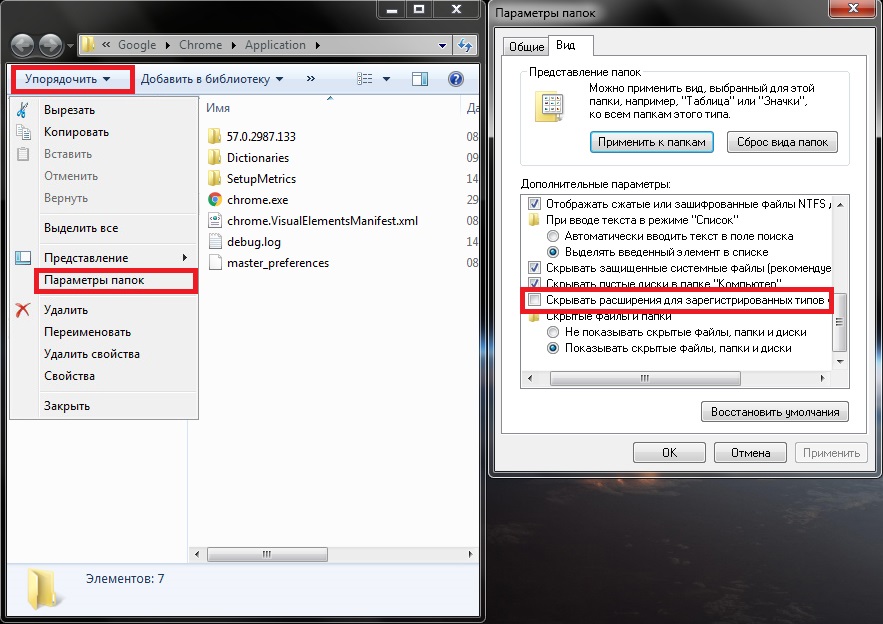
Now copy the name chrome. by double-clicking it, then press Ctrl+C or select Copy from the context menu.
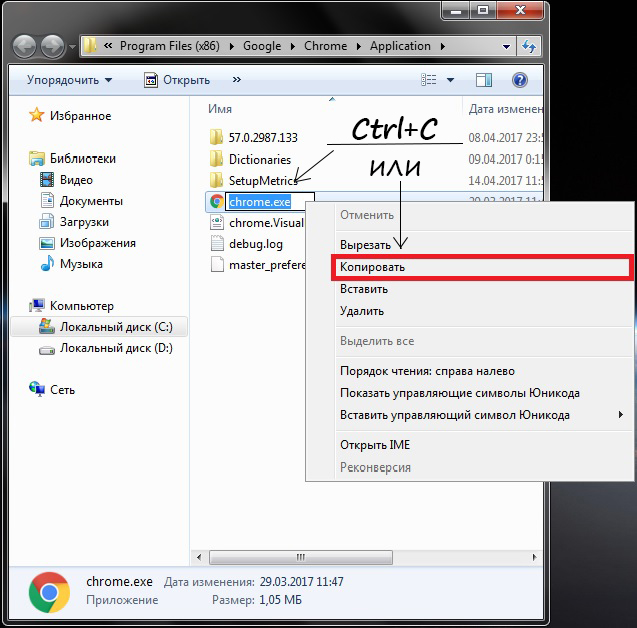
Open the Windows Registry: press Win + R, then type regedit.

Press Enter — the Registry Editor will open.

Navigate to HKEY_LOCAL_MACHINE\. Right-click the “Image File Execution Options” key and choose “New” > “Key” from the context menu.
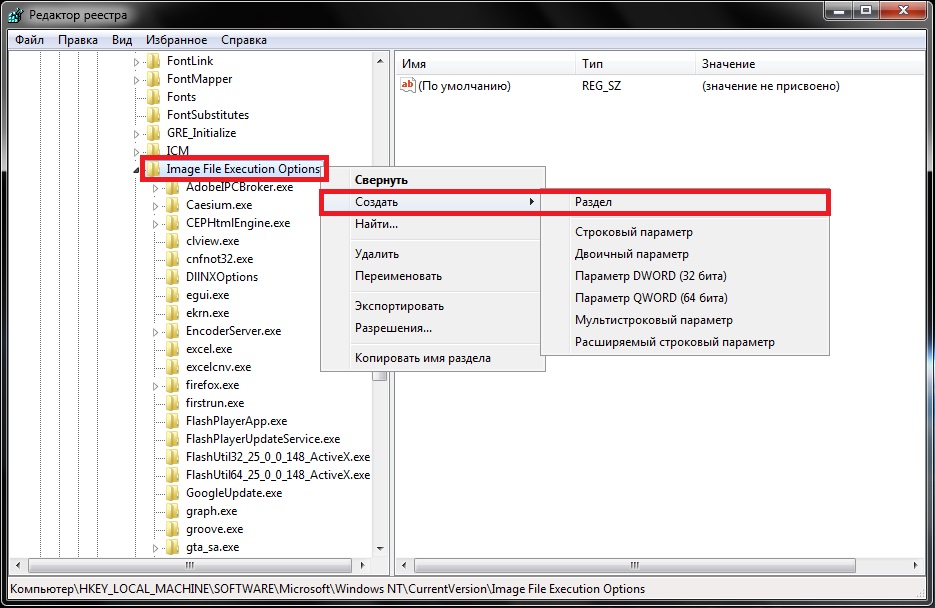
Name the new section chrome..
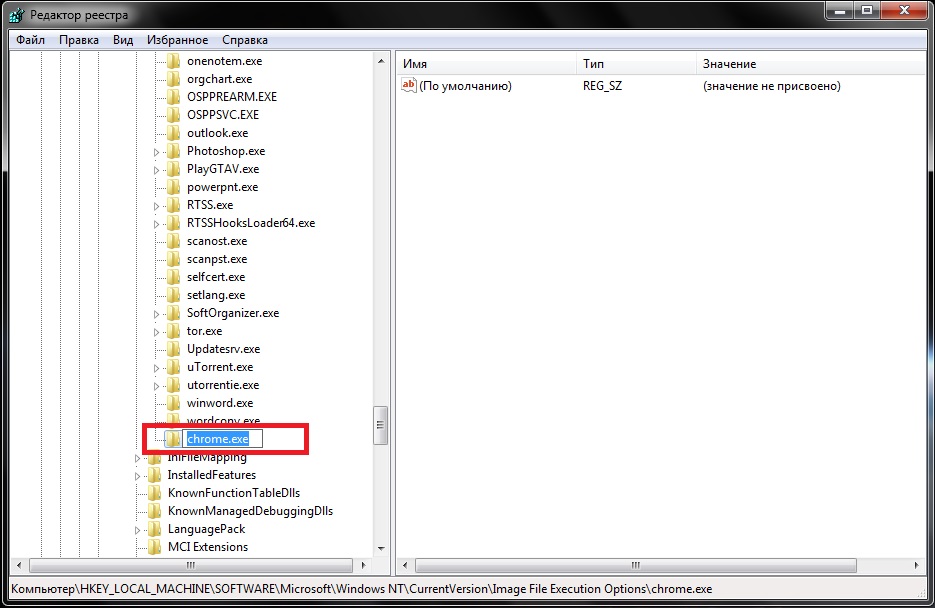
If you can’t rename the section and it’s called “New Section #1,” right-click it and select Rename from the context menu.
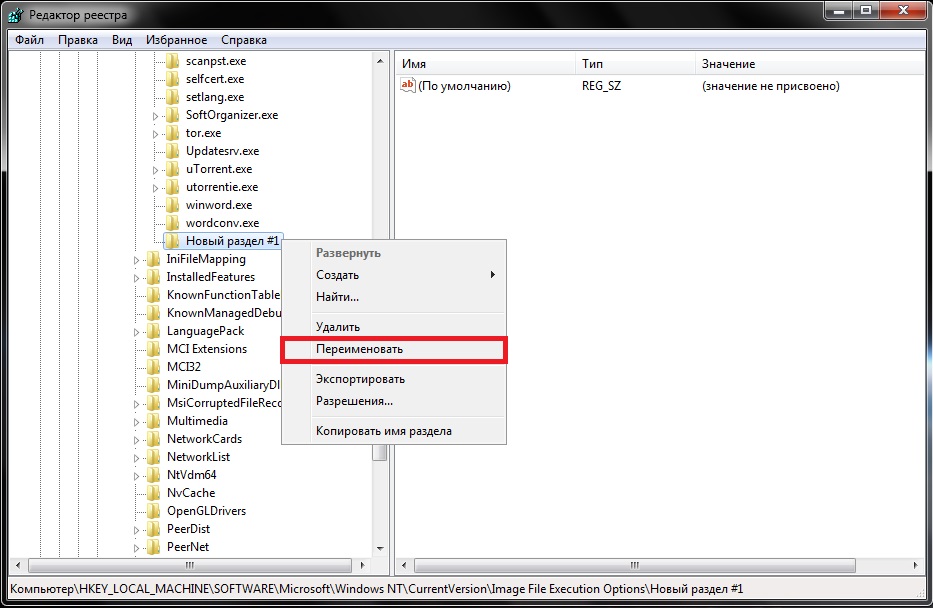
In this same key, create another subkey. Name it PerfOptions, and then create a DWORD (32-bit) value inside it. To do this, right‑click the PerfOptions key and choose New → DWORD (32-bit) Value from the context menu.
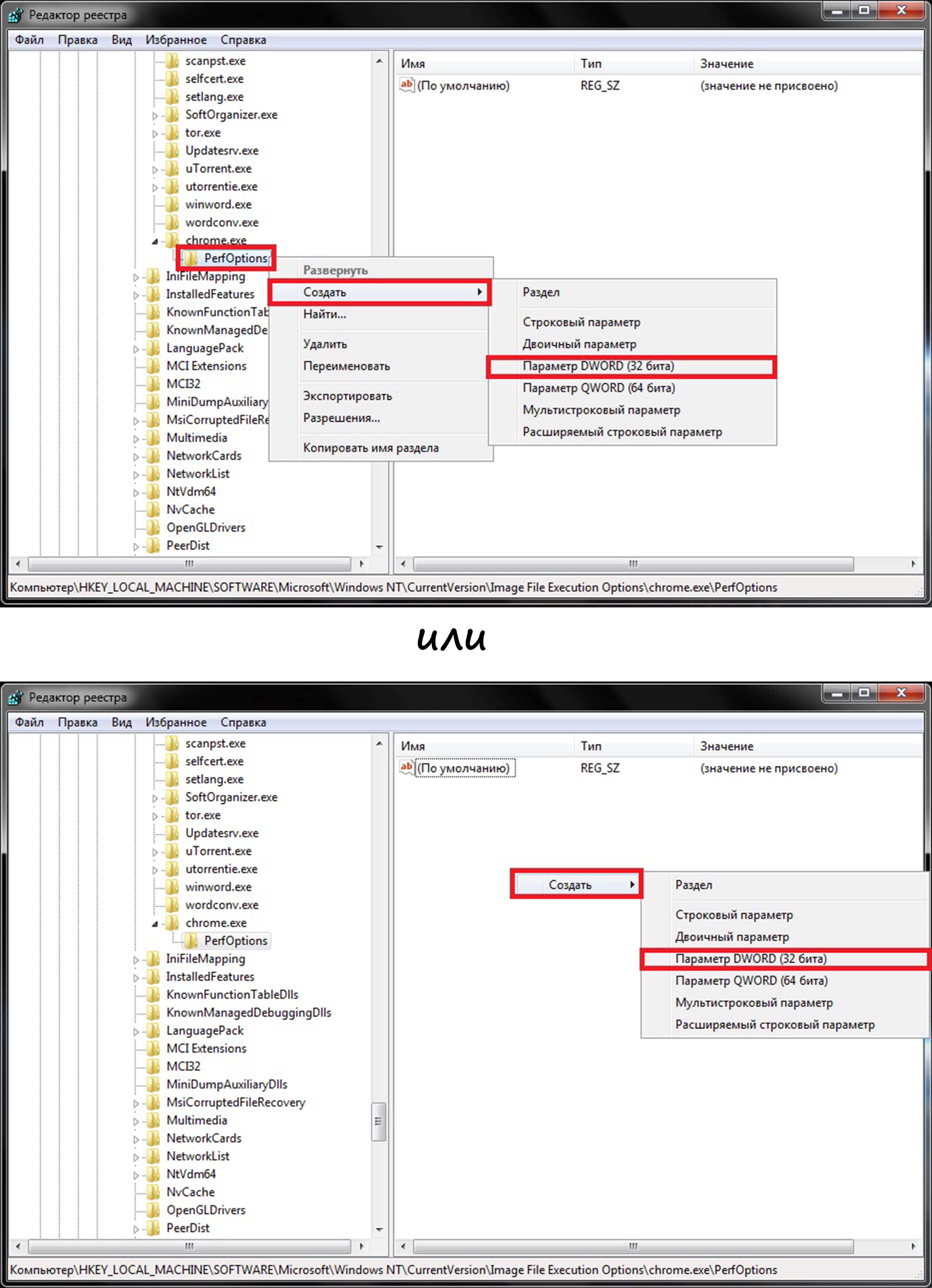
Set the number system to Decimal and enter the priority as a numeric value—for example, 3. Click OK.
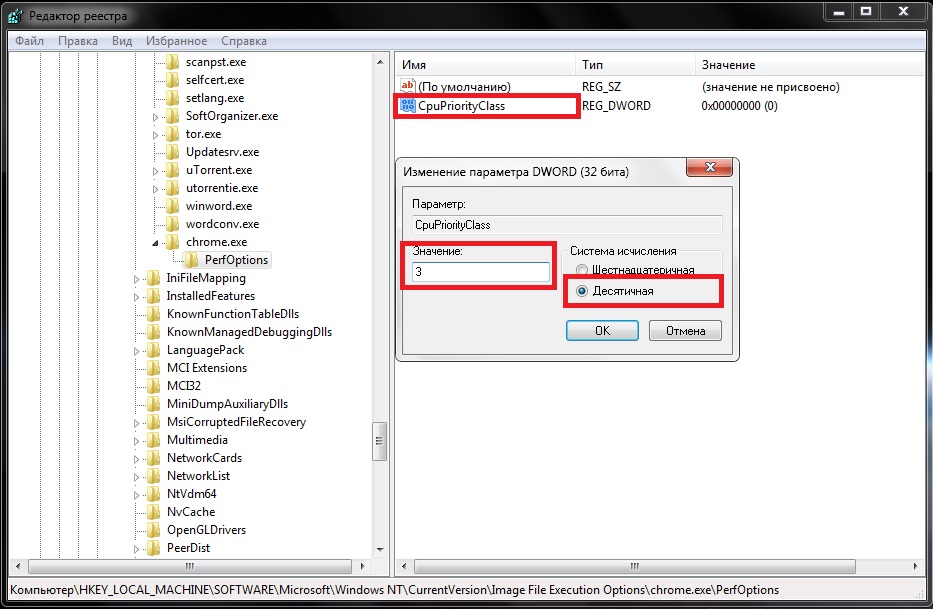
- 1 — Idle priority (low)
- 5 — Below normal priority (below average)
- 8 — Normal priority (average)
- 6 — Above normal priority (above average)
- 3 — High priority (high)
Close Registry Editor, launch your browser, and open Task Manager (Ctrl+Shift+Esc, Ctrl+Alt+Delete, or right-click the taskbar and select “Task Manager”). In Task Manager, go to the “Processes” tab and find the chrome. process. Right-click it and choose “Set priority” to check whether the priority you configured has been applied.
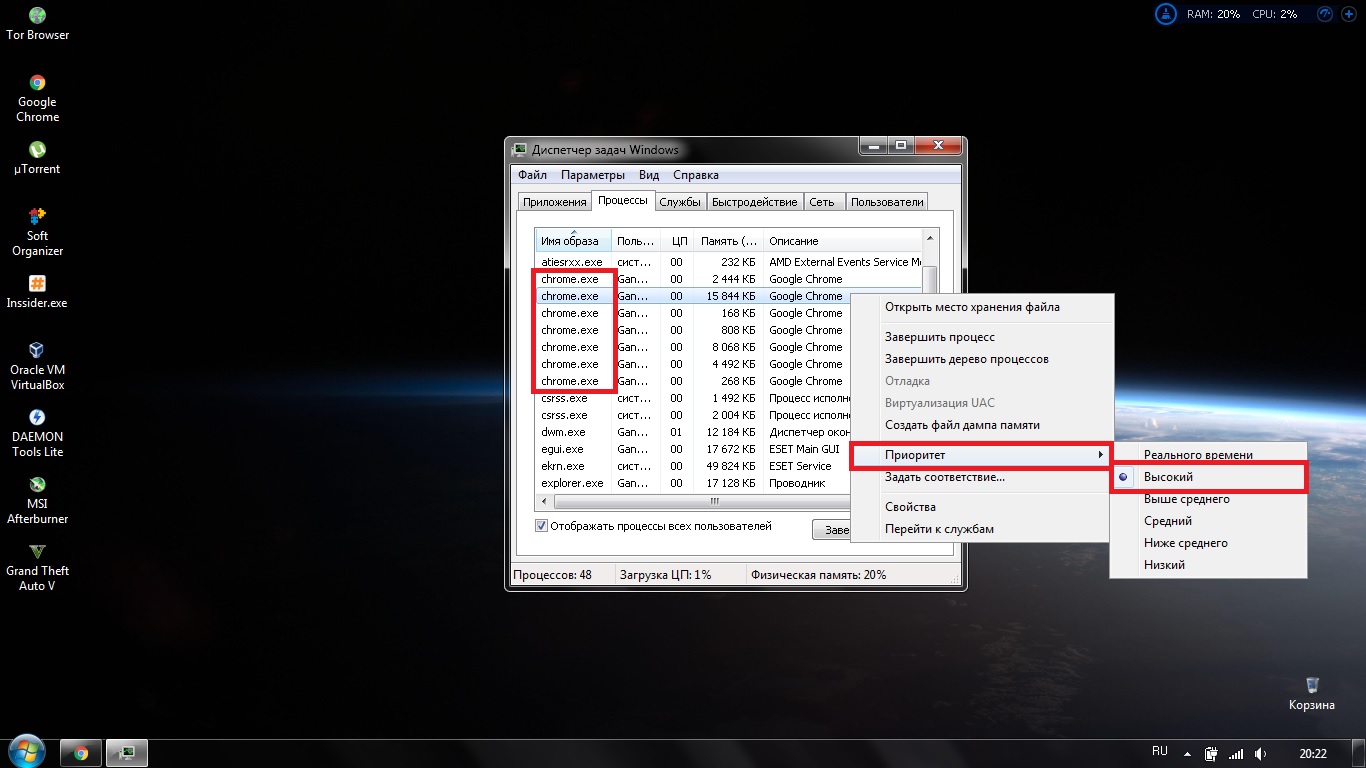
This way, you can optimize performance by assigning a high priority to the applications you use most and a low priority to those that aren’t important to you.
